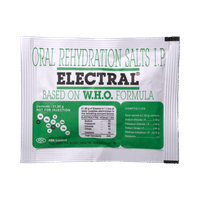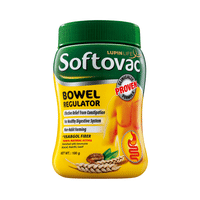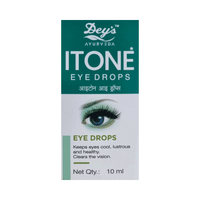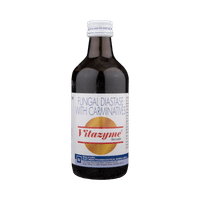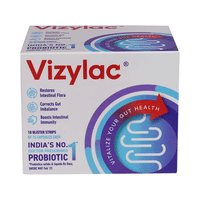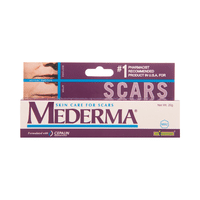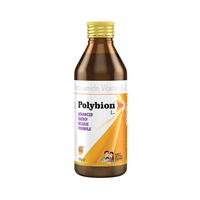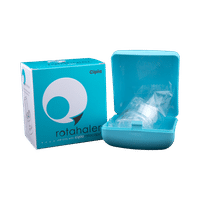Rs.52.80for 1 bottle(s) (5 ml Eye Drop each)
food interaction for Cainpro
alcohol interaction for Cainpro
pregnancy interaction for Cainpro
lactation interaction for Cainpro
food
alcohol
pregnancy
lactation
No interaction found/established
No interaction found/established
Information regarding the use of Cainpro Eye Drop during pregnancy is not available. Please consult your doctor.
CONSULT YOUR DOCTOR
Information regarding the use of Cainpro Eye Drop during breastfeeding is not available. Please consult your doctor.
CONSULT YOUR DOCTOR
SALT INFORMATION FOR Cainpro
Proparacaine(0.5% w/v)
Uses
Proparacaine is used for eye anesthesia.
How it works
Proparacaine works by blocking pain signals from the peripheral nerves to brain which decreases the sensation of pain.
Common side effects
Transient stinging, Transient burning, Conjunctival redness, Hyperallergic corneal reaction, Allergic contact dermatitis
Chlorbutol(0.5% w/v)
Uses
Chlorbutol is used to prevent infections.
How it works
Chlorbutol is a preservative. It has an anti-microbial property. It increases shelf life of various pharmaceutical products.
Common side effects
Limited data available
SUBSTITUTES FOR Cainpro
2 Substitutes
2 Substitutes
Sorted By
 Rs. 55pay 1% more per ml of Eye Drop
Rs. 55pay 1% more per ml of Eye Drop Rs. 57pay 5% more per ml of Eye Drop
Rs. 57pay 5% more per ml of Eye Drop
Expert advice FOR Cainpro
- Proparacaine is commonly used to anesthetize the eye before cataract surgery or any other surgery in the eye.
- Usually 1-2 drops are sufficient to anesthetize the eye.
- Effect of Proparacaine lasts for up to half an hour.
Frequently asked questions FOR Cainpro
Proparacaine
Q. What are the side effects of Proparacaine?
The most common side effects of Proparacaine are stinging, burning sensation, and eye redness. Usually these are temporary and subside on their own after sometime. However, if they do not resolve and worry you, please consult your doctor.
Q. How is Proparacaine used?
Proparacaine is used by a doctor for examination of the eye or before any surgical procedure of the eye to numb the area. Few drops of it are applied on the surface of the eye with the help of a dropper. Any extra liquid must be wiped off.
Q. What precautions should I take while using Proparacaine?
Before using Proparacaine, you must tell your doctor if you have had any allergies to this, or any other medicines earlier. You should know that this is a numbing medicine and the effect will take some time to wear off. Avoid rubbing your eye until your sensations are back to normal. Any kind of rubbing of the eyes may lead to injury to the eye.
Chlorbutol
Q. What is chlorobutanol used for?
Chlorbutol is used in different formulations such as cream, mouthwash and decongestant capsules.Cream: to treat mild pain caused by minor skin cuts, scratches and grazes (chapping) and soreness caused by detergents, soaps, deodorants and jewellery and bites and stings.Mouthwash solution: to inhibit dental plaque formation, as an aid in the treatment and prevention of irritation, redness, and swelling of gums (gingivitis), and in maintaining oral hygiene. It is important in the management of mouth ulceration and oral infections due to fungus candida and can be used as an adjuvant treatment for minor infections of the throat. It is also used as a disinfectant solution for cleansing of removable dentures.Capsule: for the symptomatic relief of colds and the symptomatic rapid relief of nasal congestion.













